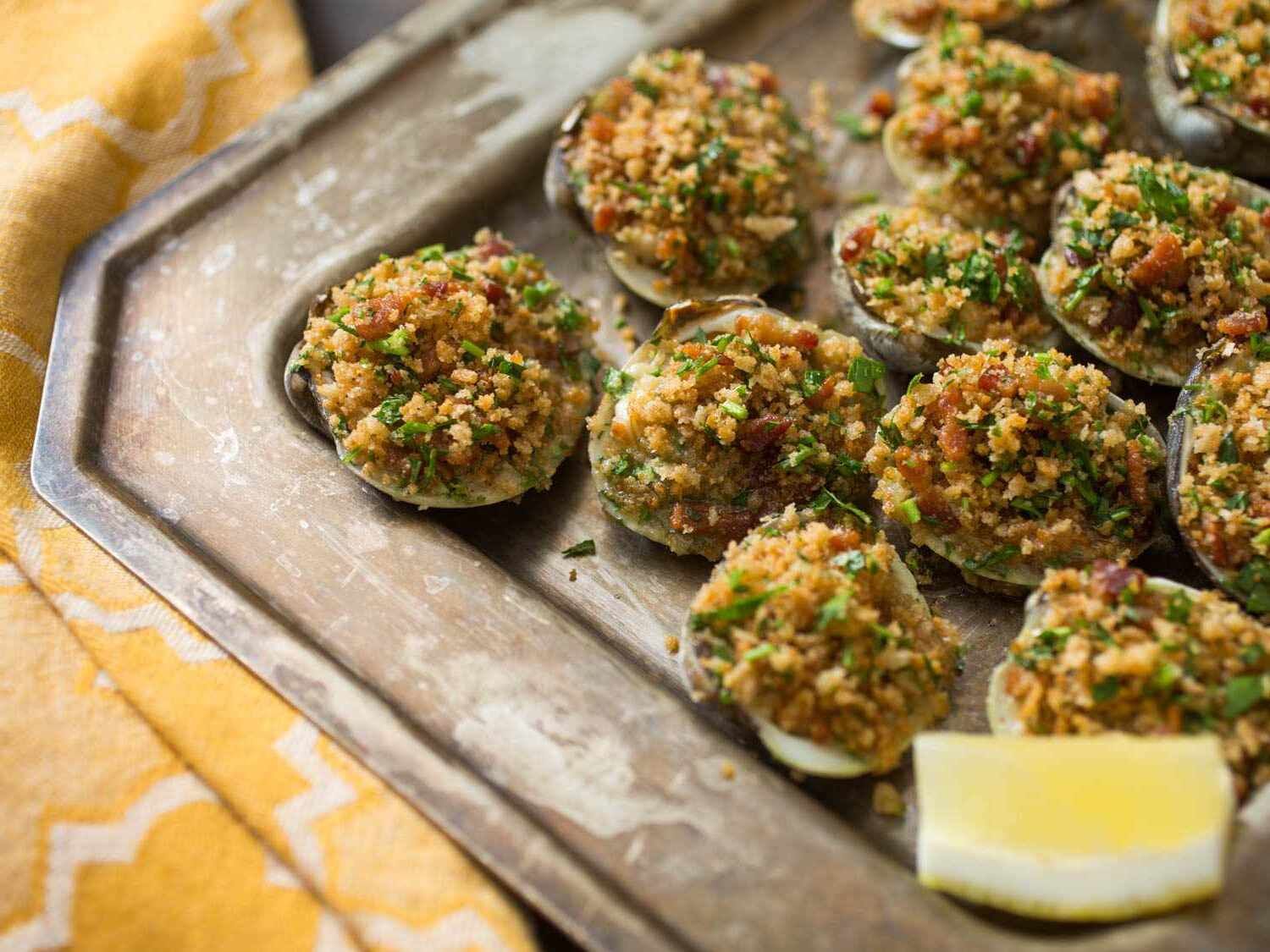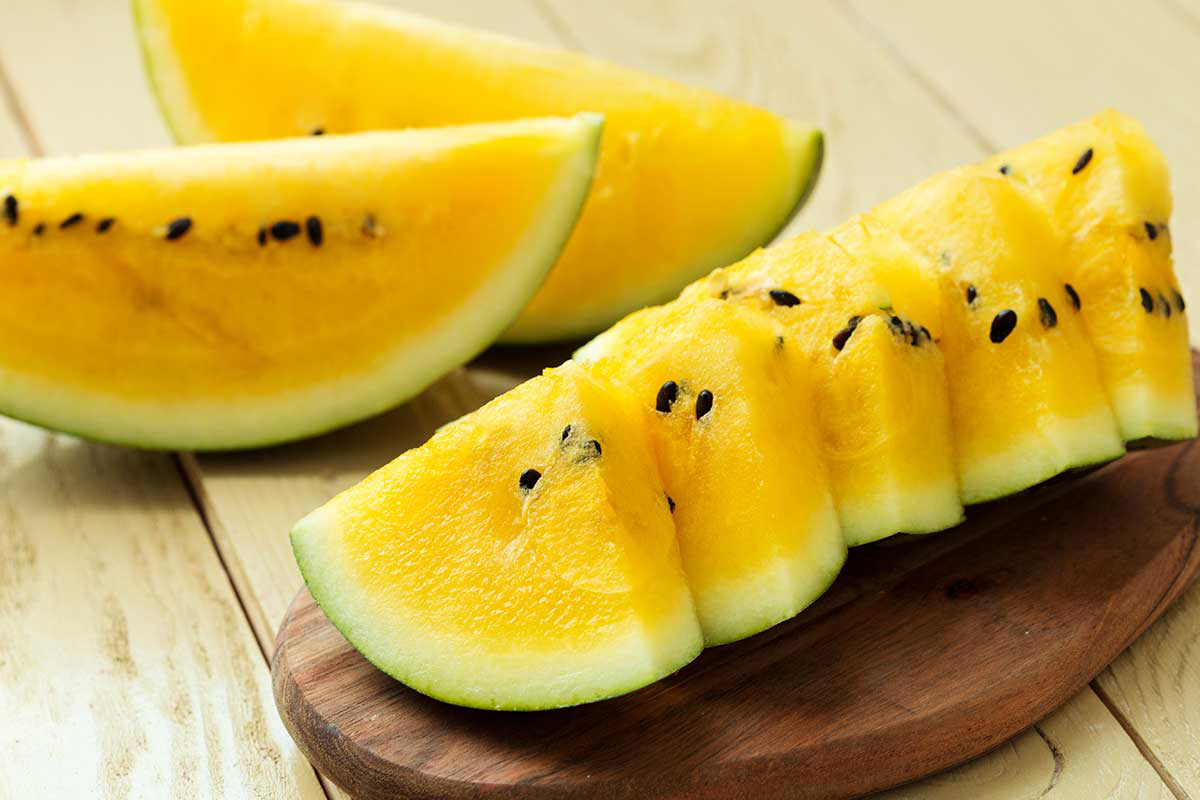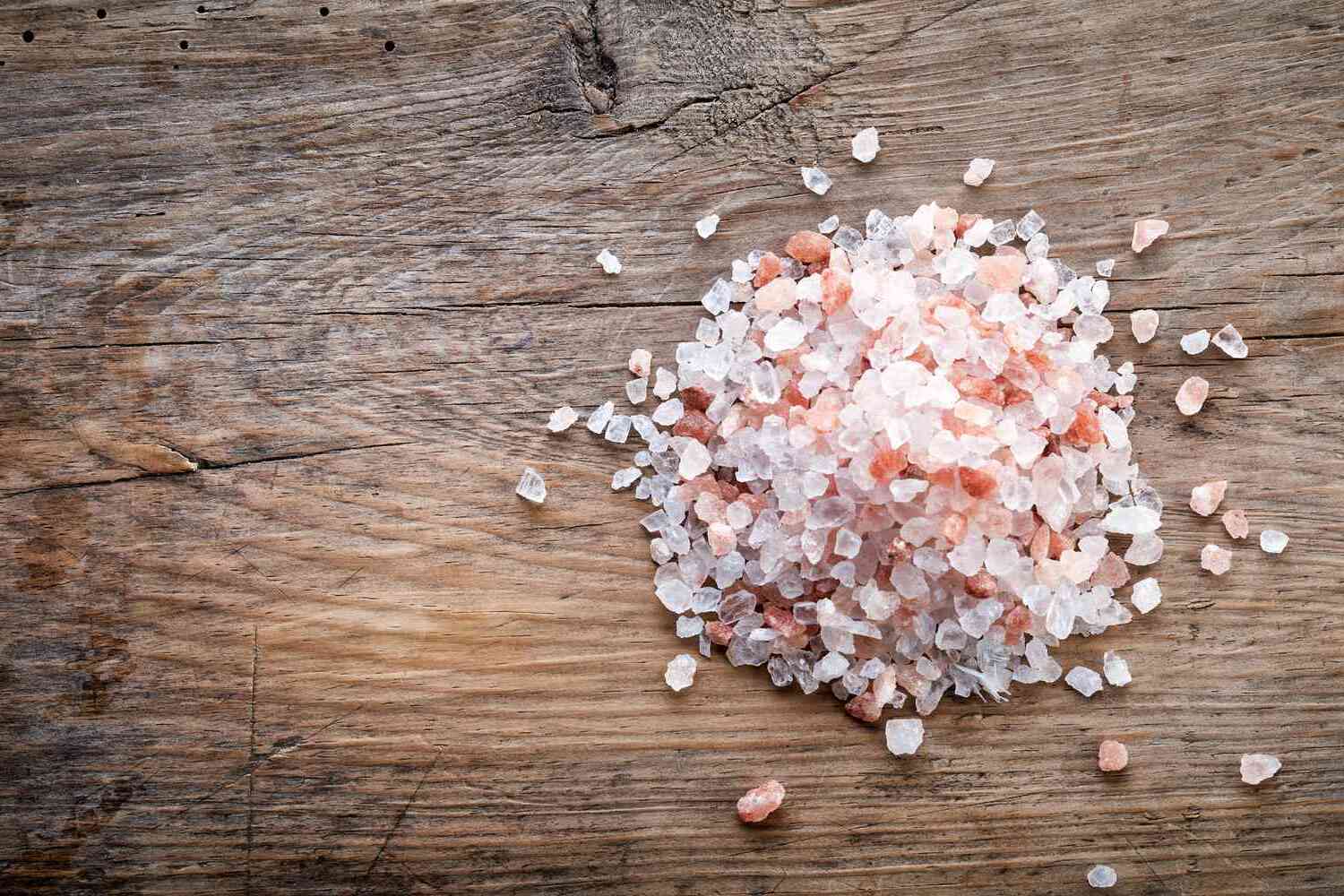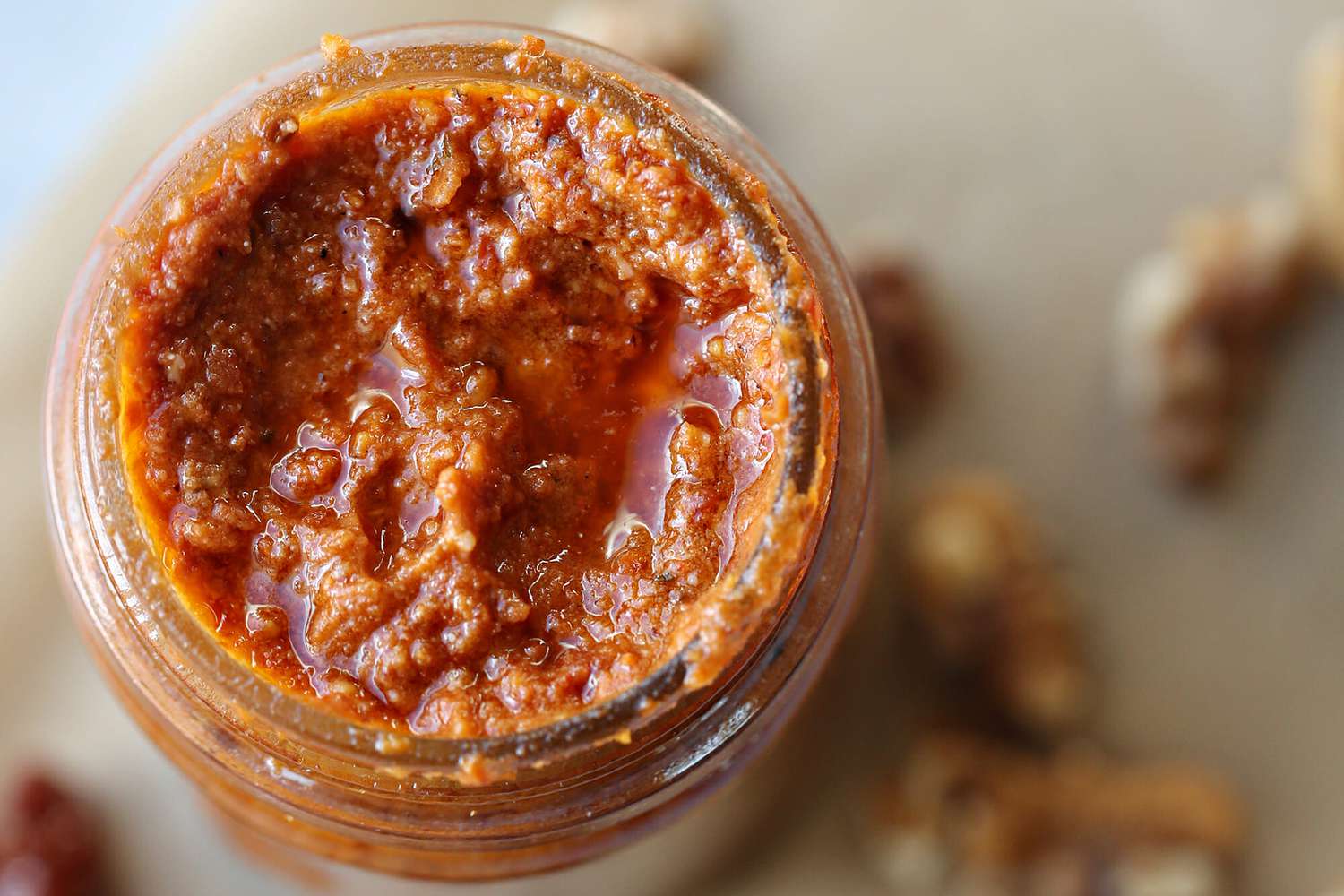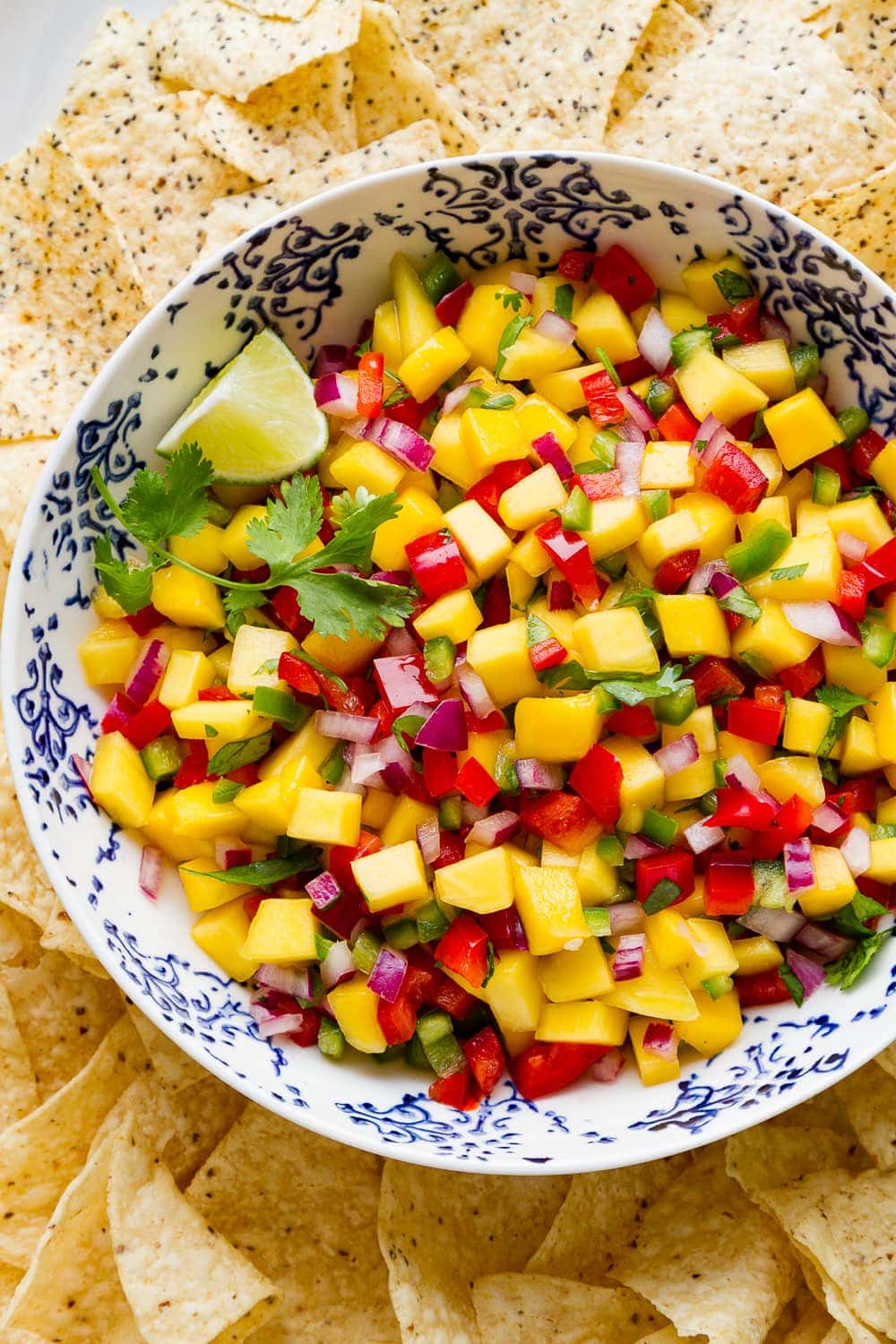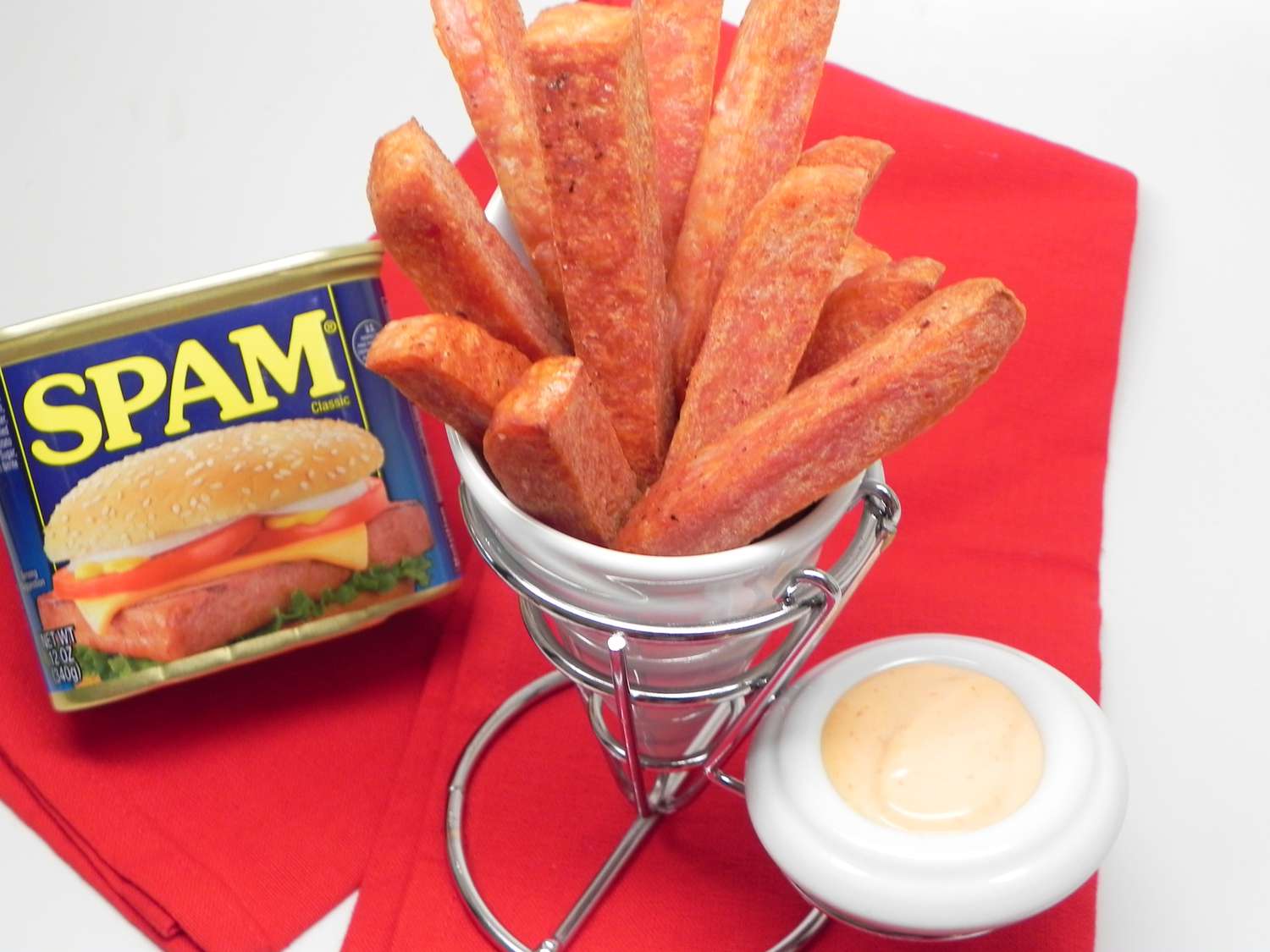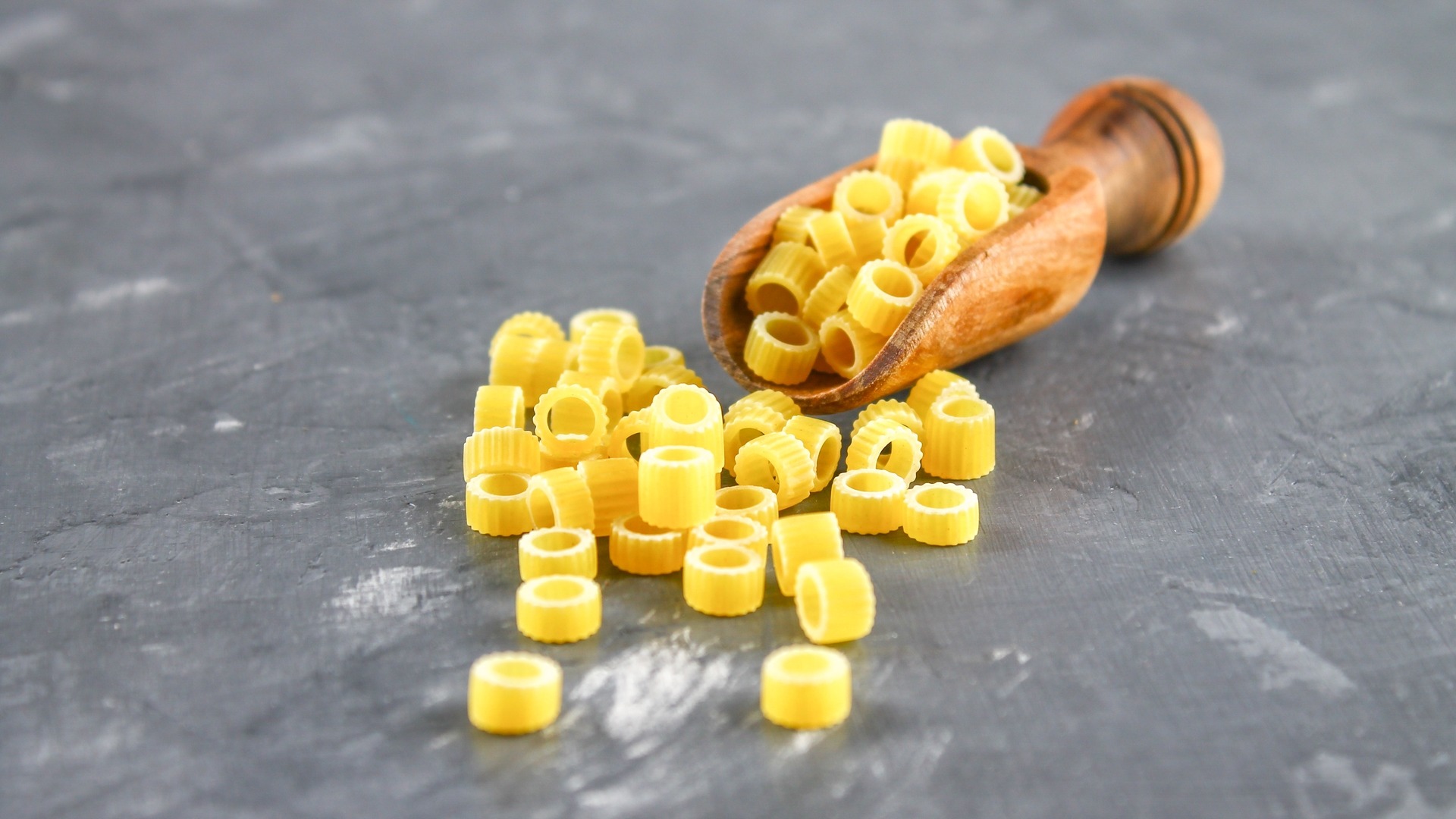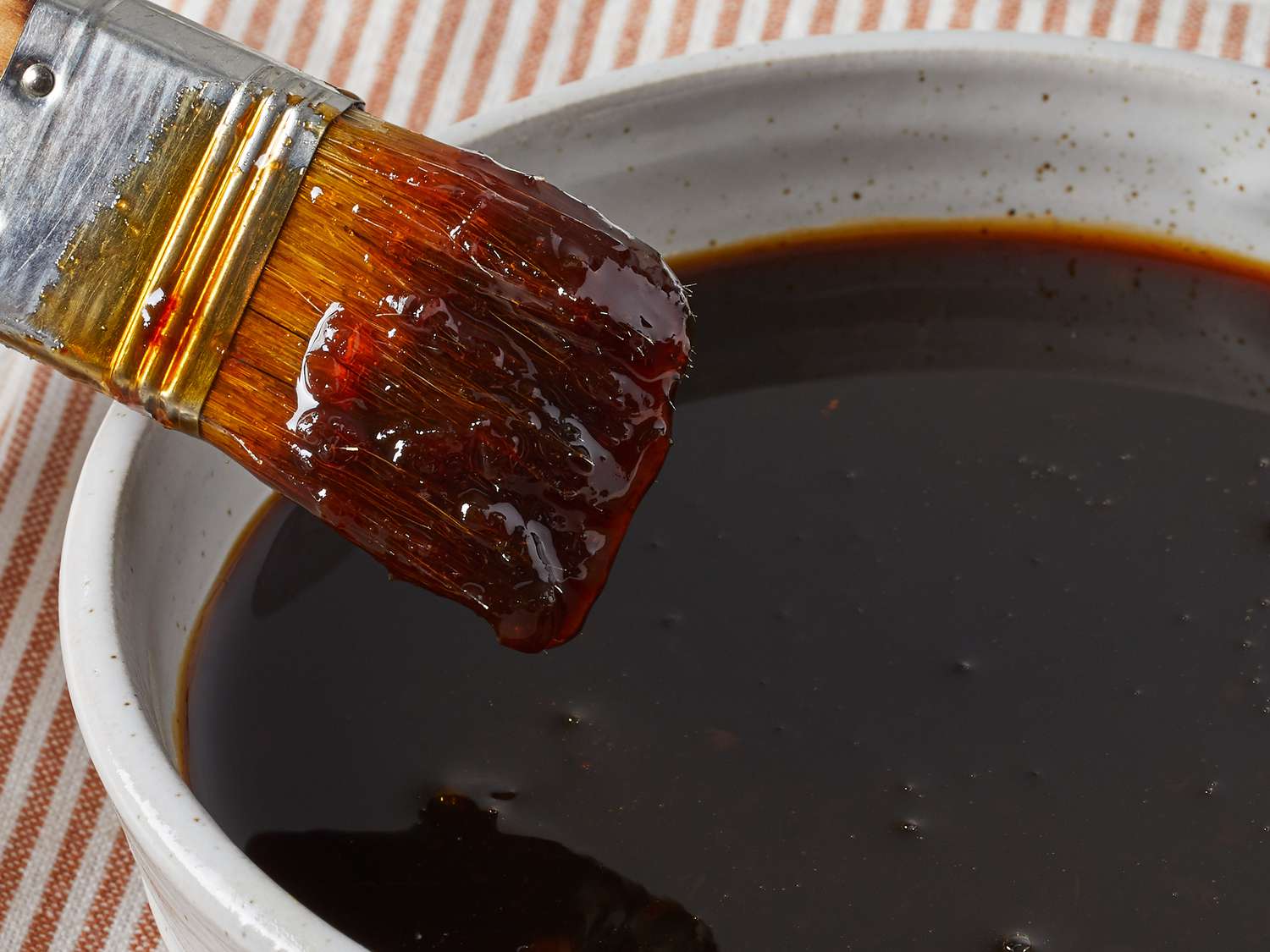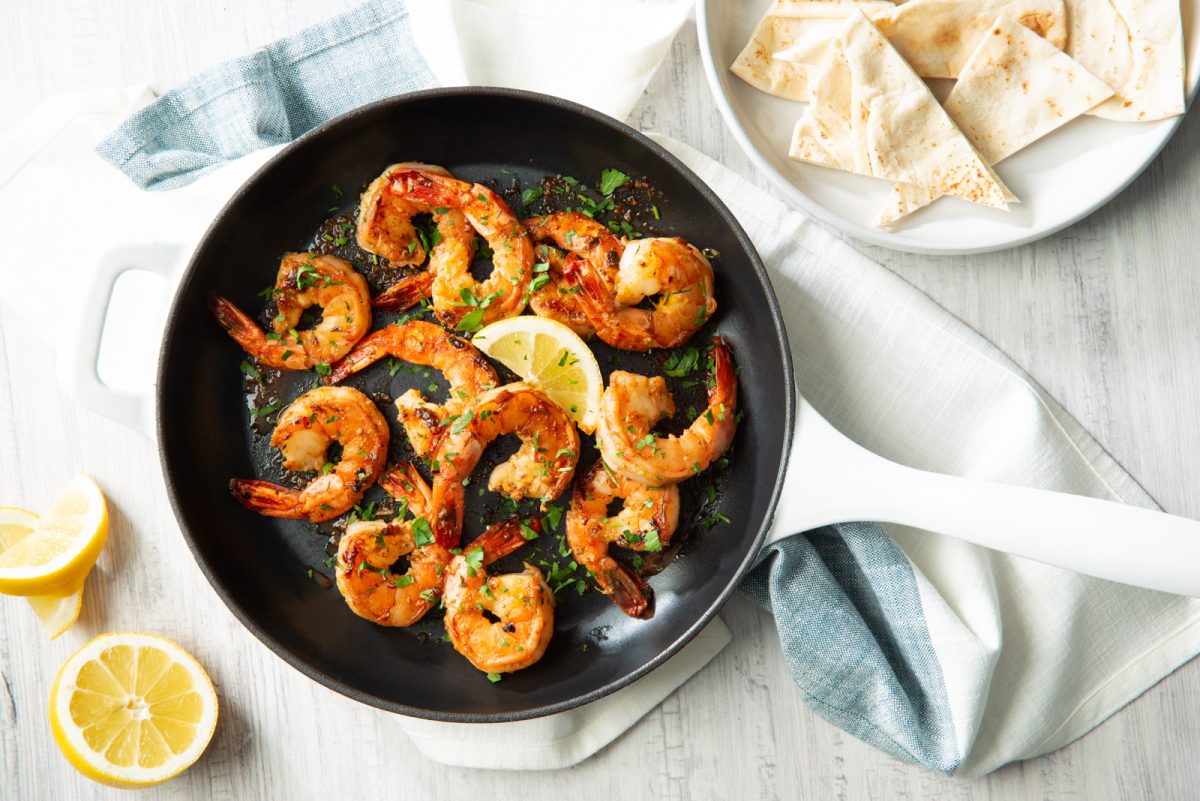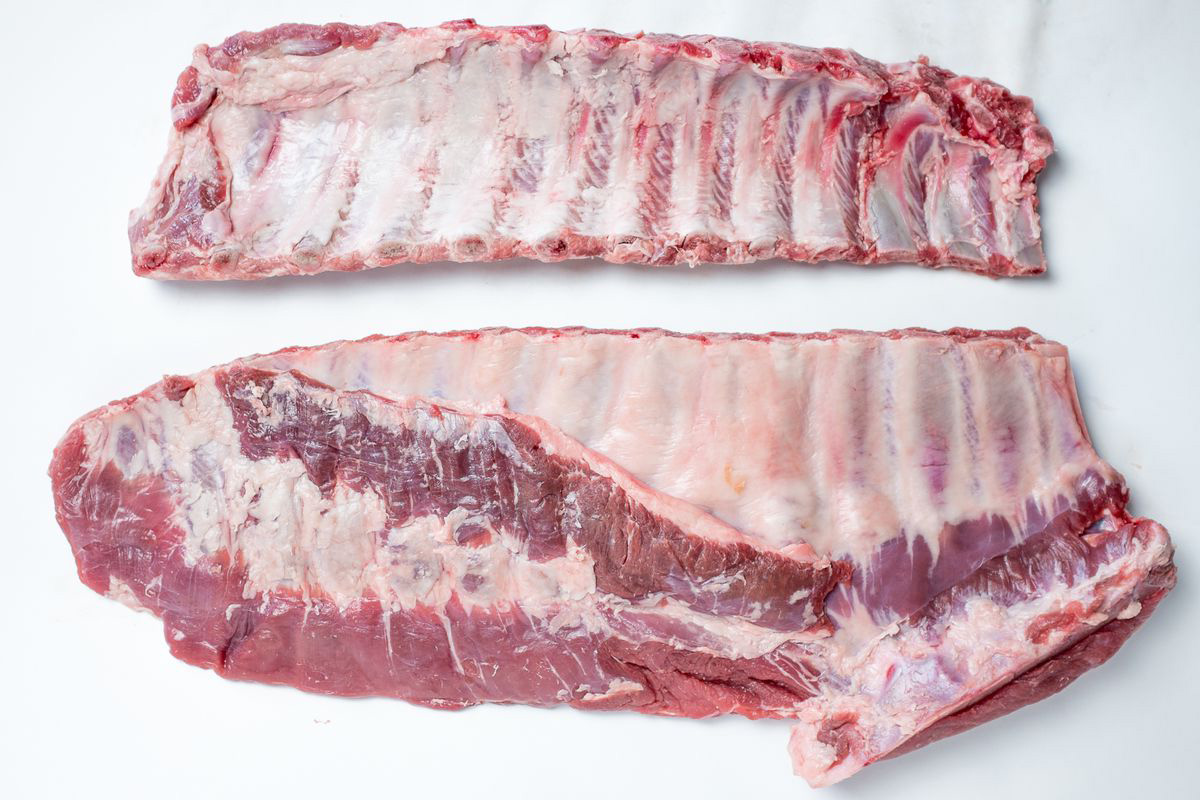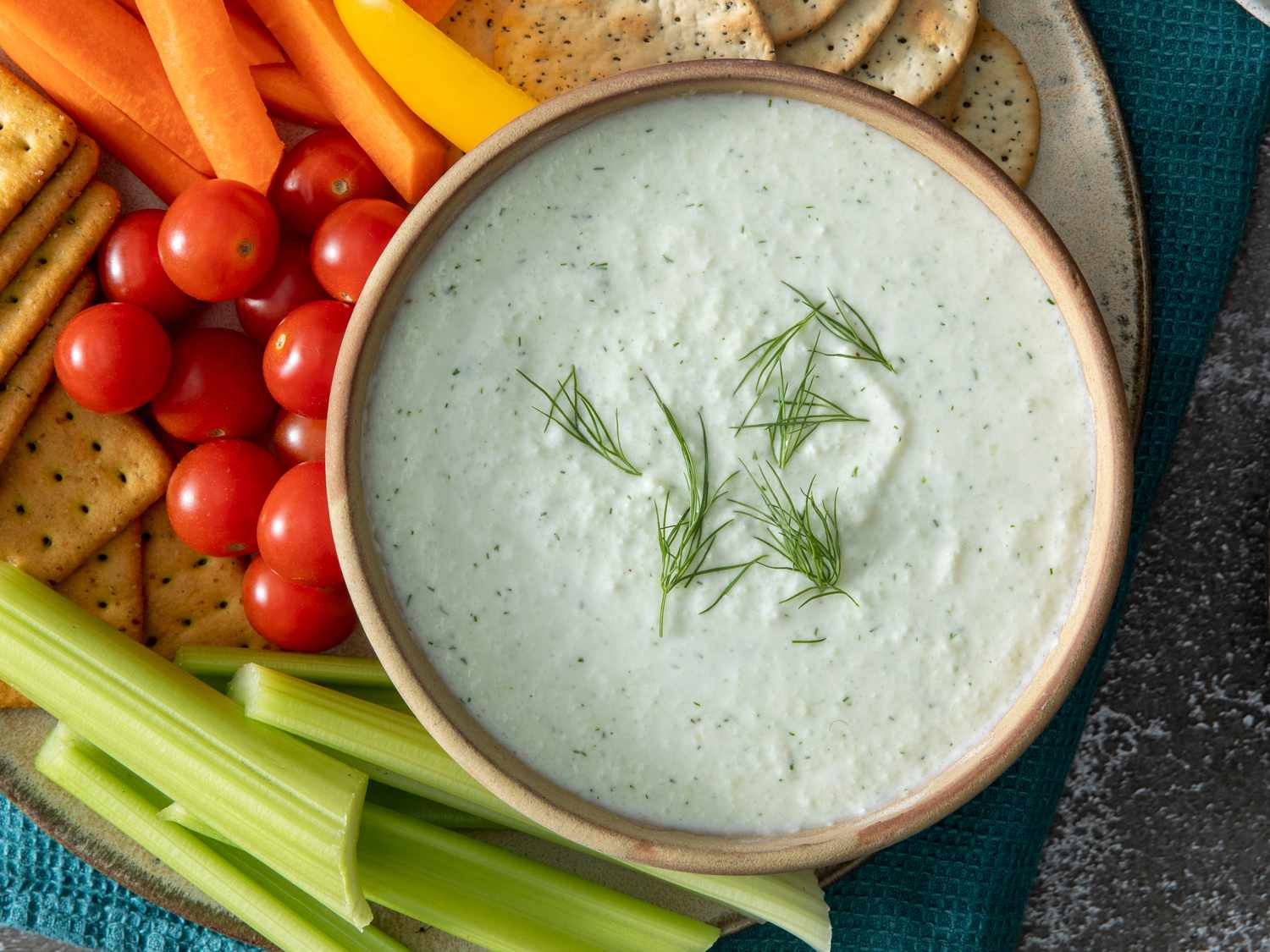Discovering the Delightful Shrimp Parmigiana
Shrimp Parmigiana is a delectable Italian dish that combines the succulent flavors of shrimp with the rich and savory taste of Parmigiana cheese. This mouthwatering dish is a popular choice for seafood lovers and Italian cuisine enthusiasts alike. Let’s delve into the delightful world of Shrimp Parmigiana and uncover what makes it so special.
The Ingredients
Shrimp Parmigiana typically consists of the following key ingredients:
- Fresh shrimp
- Tomato sauce
- Moisture-packed Parmigiana cheese
- Breadcrumbs
- Herbs and spices for seasoning
- Olive oil
These ingredients come together to create a harmonious blend of flavors and textures that make Shrimp Parmigiana a truly delightful dish.
The Preparation
Creating Shrimp Parmigiana involves several steps to ensure that the dish turns out perfectly. The shrimp are typically breaded and fried until they achieve a crispy, golden exterior. The tomato sauce is then generously spread over the shrimp, followed by a generous sprinkling of Parmigiana cheese. The dish is then baked to perfection, allowing the flavors to meld together and create a mouthwatering masterpiece.
The Flavor Profile
Shrimp Parmigiana offers a delightful combination of flavors. The tender shrimp provide a subtle sweetness, while the tomato sauce adds a hint of tanginess. The Parmigiana cheese brings a rich, creamy element to the dish, and the crispy breadcrumbs provide a satisfying crunch. The overall flavor profile is a perfect balance of savory, cheesy, and slightly tangy notes that will leave your taste buds craving for more.
Serving Suggestions
Shrimp Parmigiana is often served alongside a bed of al dente pasta, allowing the rich tomato sauce to coat the noodles and create a truly indulgent dining experience. A side of garlic bread or a fresh green salad can complement the dish perfectly, offering a well-rounded meal that is sure to satisfy even the most discerning palates.
Why Shrimp Parmigiana is a Must-Try
Shrimp Parmigiana is a dish that embodies the essence of Italian comfort food. Its rich, flavorful components come together to create a truly satisfying dining experience. Whether you’re a seafood lover or simply appreciate the robust flavors of Italian cuisine, Shrimp Parmigiana is a must-try dish that is sure to leave a lasting impression.
So, the next time you’re craving a taste of Italy with a seafood twist, consider indulging in the delightful flavors of Shrimp Parmigiana. Buon appetito!
Was this page helpful?
Read Next: What Is Tryptophan In Turkey?
